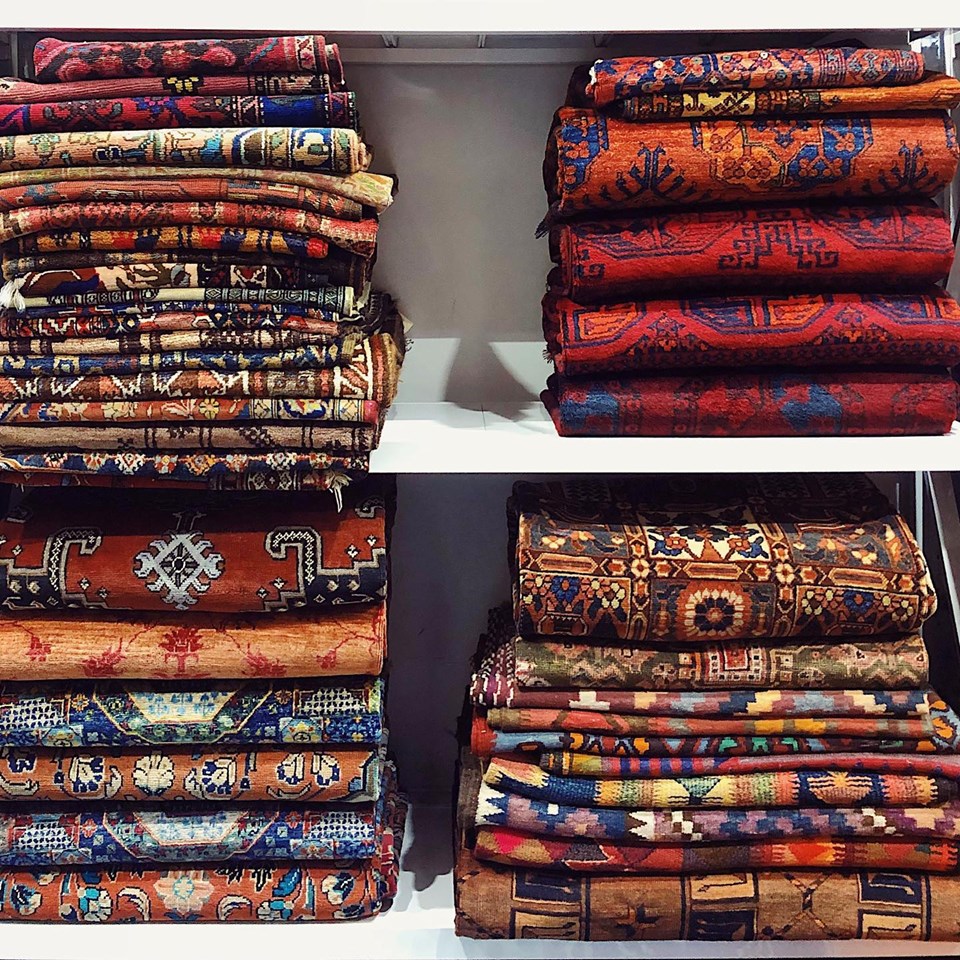As bamboo flooring has become a popular alternative to hardwood, many people wonder how engineered bamboo flooring may compare to solid bamboo or engineered hardwood. While the material shares many similarities with both flooring options, it also has its own unique characteristics that make it stand out as the best choice for many homeowners.
How Bamboo Flooring Is Made
Both solid and engineered bamboo flooring are made from a select number of bamboo species, which are highly sustainable and reach their full height of between 40 to 80 feet within one year and grow to a total width of up to 6 to 8 inches within five years. Bamboo stalks can be harvested from the main plant once every three years without damaging the plant itself or the surrounding grove. Once harvested, bamboo is then dried and cut into strips between 1/4- and 3/4-inch wide. The strips are arranged in one of three ways to create flooring.
Horizontal: In this manufacturing method, strips are glued edge-to-edge with the skin side facing up, showing as much of the stalk as possible. This method looks the most like what people envision bamboo flooring to look like because it shows the bamboo nodes (also called knuckles). These can be sold in natural shades, or they can be stained or be carbonized, meaning the bamboo is heat treated during manufacturing to give it a rich, caramel color.
Vertical: To make these boards, bamboo strips are glued so the narrow edges face upward, creating a floor that is harder than horizontal bamboo and shows fewer knuckles. While these planks can be carbonized, they are not usually stained because they cannot absorb stain easily.
Strand woven: The newest form of bamboo flooring, these planks are manufactured by soaking the strips in an adhesive and then laying them out lengthwise in a variety of orientations before they are compressed together in a hydraulic press and then milled into floorboards. This material is two to three times more dense than planks created through other bamboo-manufacturing methods. Plus, the final appearance can also be modified through a wide variety of special finishes and surface treatments (it can be wire brushed or hand scraped, for example) that might not work on horizontal and vertical bamboo flooring.
Technically, experts like those at North Carolina State University consider all forms of bamboo flooring to be engineered, since they are manufactured rather than cut from a solid piece of hardwood — but when people talk about “engineered bamboo flooring,” they are talking about material with a construction similar to engineered hardwood flooring. This means that a thin layer of hardwood is glued on top of an inexpensive wood backing material, such as plywood or high-density fiberboard. In the case of bamboo, a thin layer of the composite bamboo material (whether horizontal, vertical or strand-woven bamboo) is then attached to the plywood or HDF.
Engineered Bamboo Flooring vs. Solid Bamboo Flooring
When bamboo flooring has been laid, it is impossible to tell if it is solid or engineered. The two materials look and feel exactly the same. Most manufacturers even offer the same warranty for both their engineered and solid bamboo floors, offering 50 or more years of coverage on the structure of the bamboo material and a guarantee of 15 or more years on the factory finish.
living room with rocking chair, large windows, fireplace
Engineered bamboo flooring can be sanded and refinished fewer times than solid bamboo flooring.
That being said, one big difference between engineered and solid bamboo floors is the number of times a floor can be sanded and refinished. While the specific number will vary from manufacturer to manufacturer based on the thickness of the bamboo, solid bamboo flooring can generally be refinished at least a few times more than engineered bamboo.
Because solid bamboo flooring features more bamboo, which is more expensive than HDF or other inexpensive materials used in engineered flooring boards, solid bamboo flooring is usually more expensive than engineered flooring. In fact, while most solid bamboo flooring goes for $3 to $6 per square foot, engineered bamboo flooring.
Most solid bamboo flooring is sold in plank widths of 3 3/4-inches wide, while engineered bamboo comes in a variety of sizes all the way up to 9 inches. When purchasing wide planks, expect to pay far more, even with engineered flooring. It’s also worth noting that while some companies offer unfinished solid bamboo flooring, it is impossible to find engineered bamboo flooring that is not prefinished.
Solid bamboo floors tend to be more susceptible to shrinkage and warping due to humidity than engineered flooring. One unique property of solid bamboo flooring is that when cut properly, it can be installed through a floating click-and-lock technique, so each board is connected to the one before it but not secured to the floor itself. Solid hardwood cannot be installed this way.
It is worth noting that these floating floors are prone to warping and should only be installed in areas with few fluctuations in humidity. Similarly, while floating solid bamboo floors can be installed directly on a concrete subfloor, these should not be used in basements or other below-grade rooms without a sufficiently waterproof underlayment, as concrete floors in these rooms can have excessive moisture.
Engineered Bamboo Flooring vs. Engineered Hardwood Flooring
Engineered hardwood is just like engineered bamboo in that it only features a slim layer of the advertised material glued to a less-expensive wood core. People often purchase engineered hardwood flooring because compared to traditional solid hardwood flooring, it tends to be less expensive. Also, since most solid hardwoods contract and shrink with drastic changes in temperature, they cannot be used for flooring over radiant heat sources, whereas engineered flooring can adapt to these temperature changes just fine. However, all forms of bamboo offer these same benefits.
Another downside of hardwood flooring is that it almost always has to be nailed down, and some hardwoods are very dense, making them particularly hard to nail down. On the other hand, engineered flooring can be installed with a click-and-lock method or can be nailed down. When nailed down, the material is generally softer to nail as well. Solid bamboo can be difficult to nail down, but engineered bamboo has the same base material as engineered hardwood and is similarly easy to nail down.
One of the big selling points of bamboo over hardwood in general is still true when it comes to engineered flooring: bamboo is more sustainable because it grows so quickly and abundantly. In fact, bamboo grows as fast as 15 times the speed of most trees, and shoots from the main plant can be harvested without damaging the plant itself.
For more information you can visit this site: Bamboo flooring 101:A Beginner’s Guide



